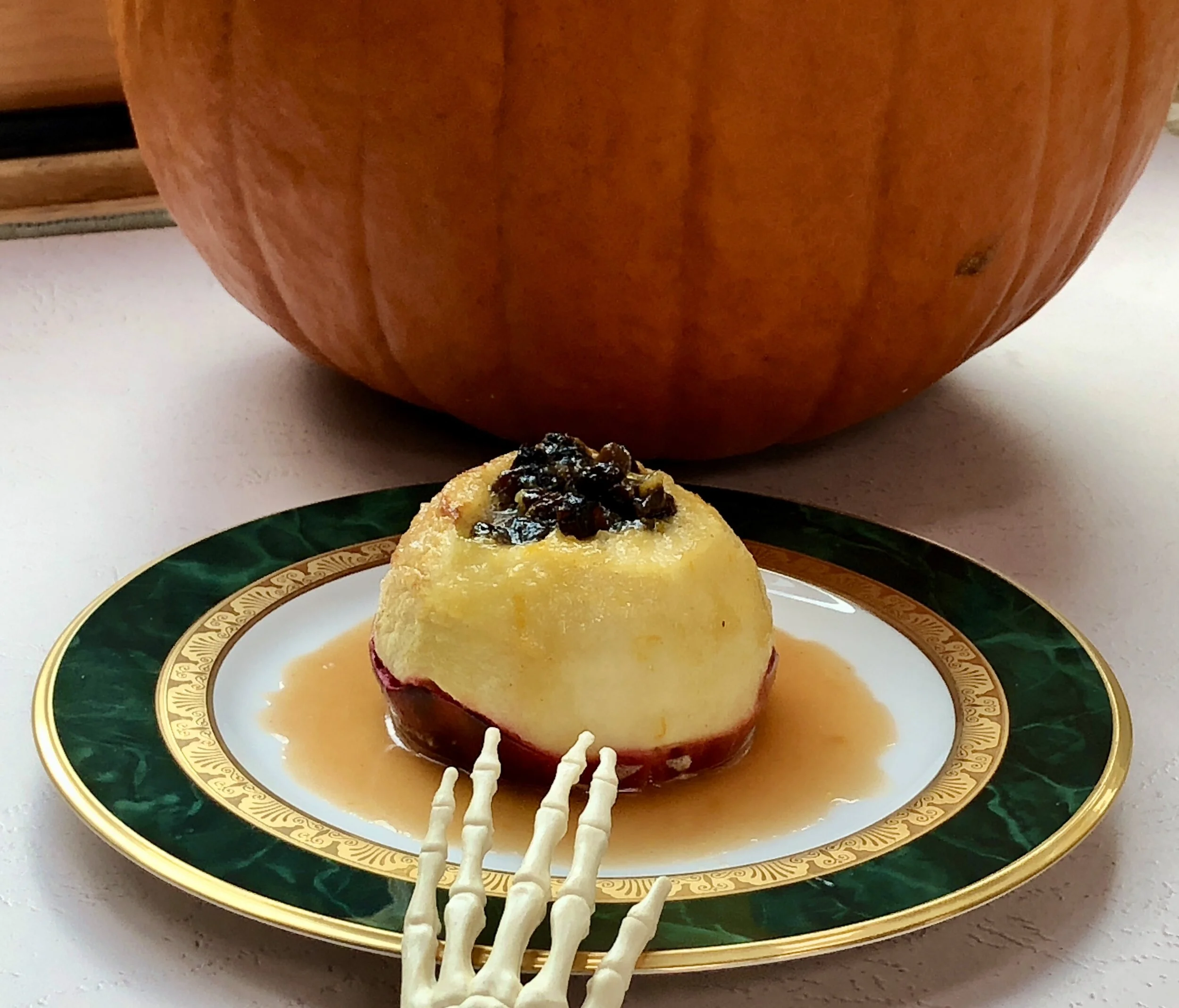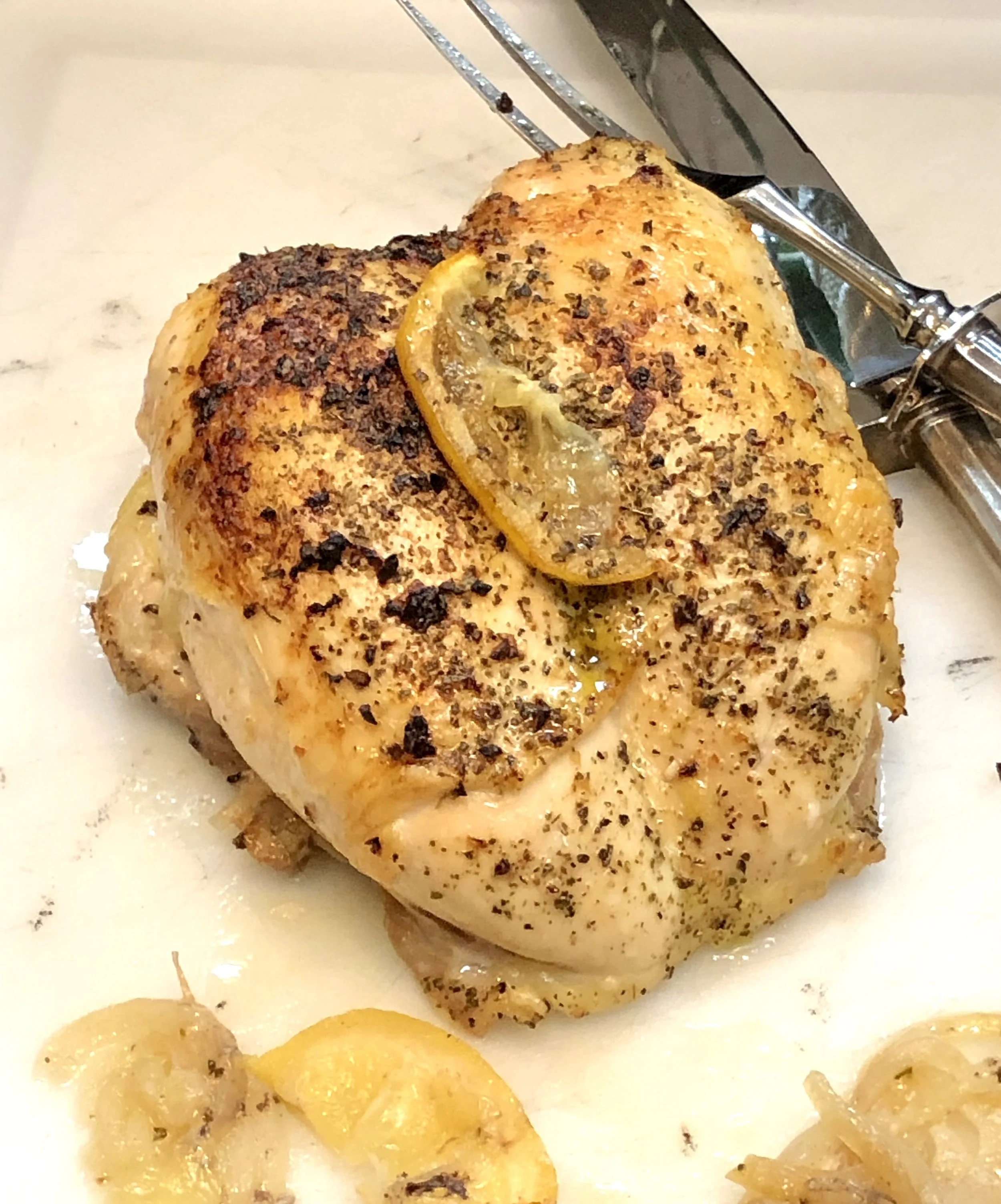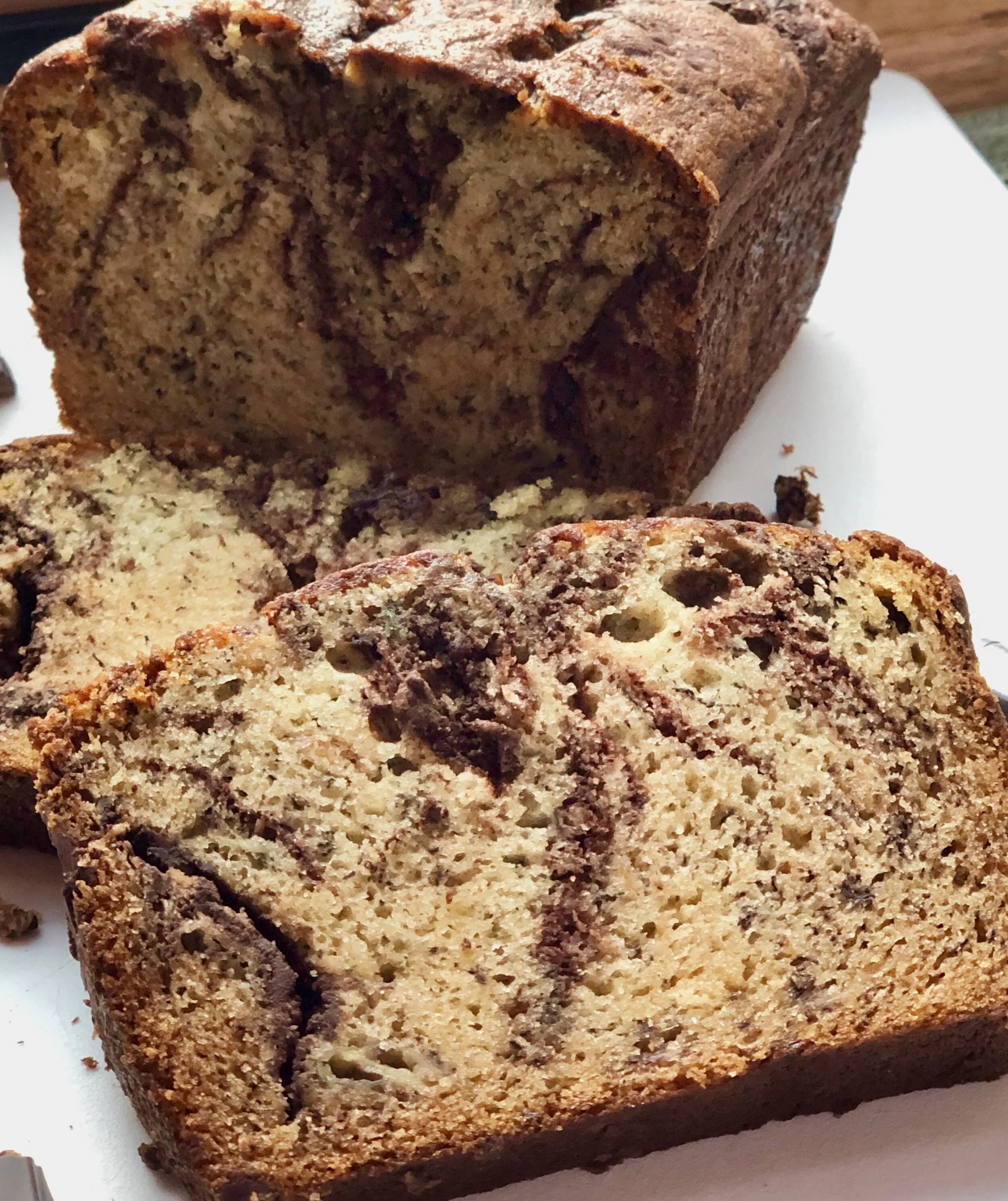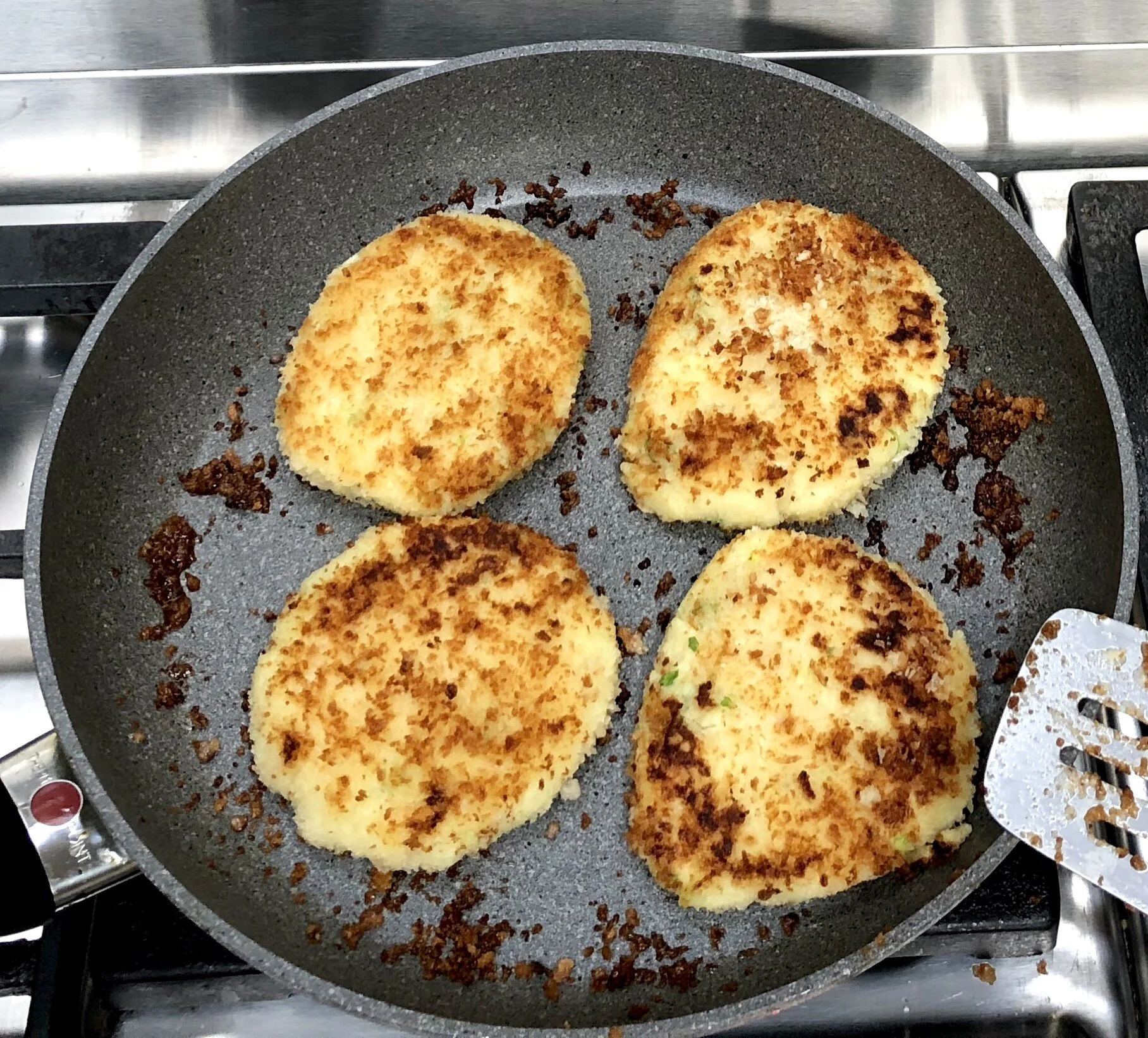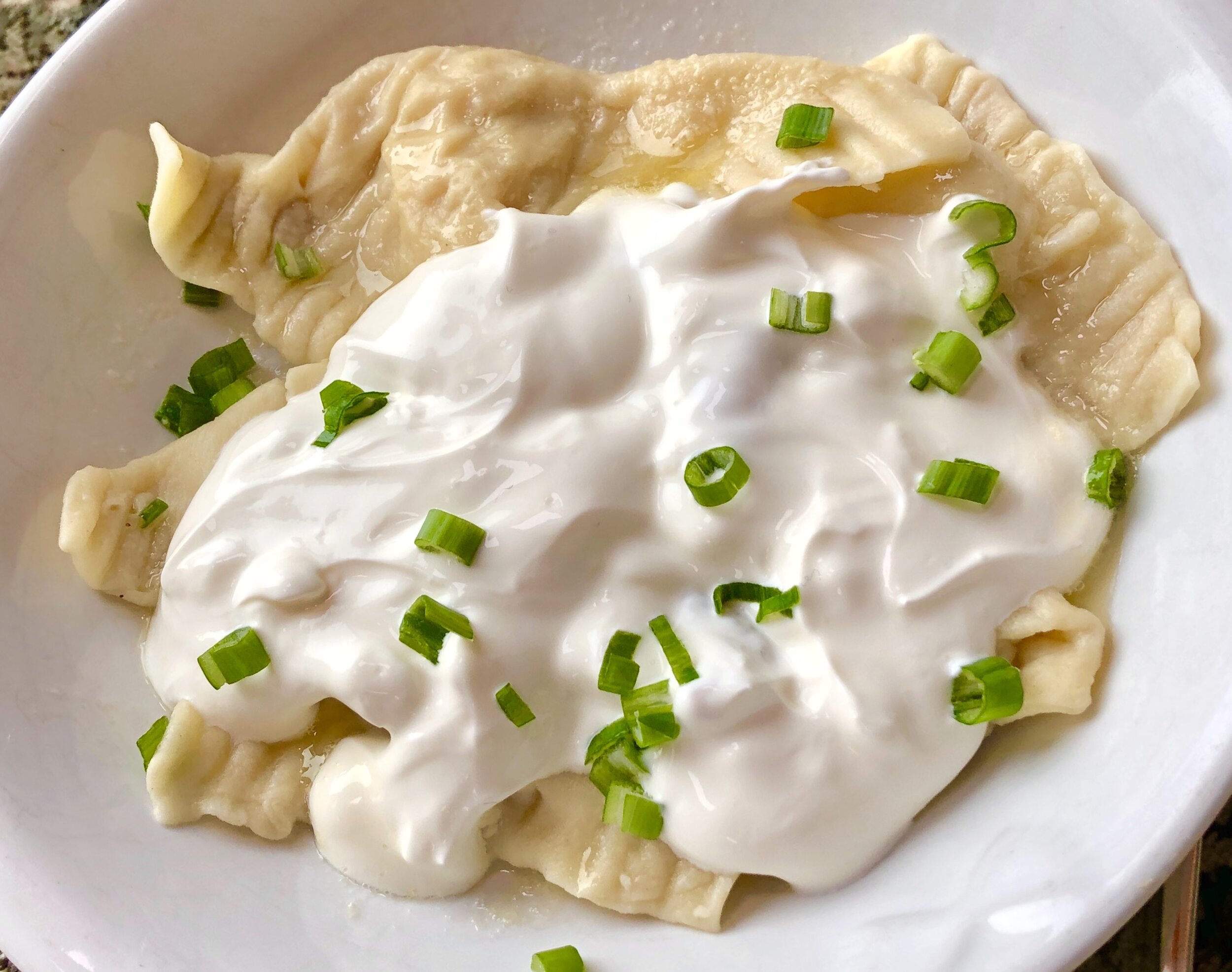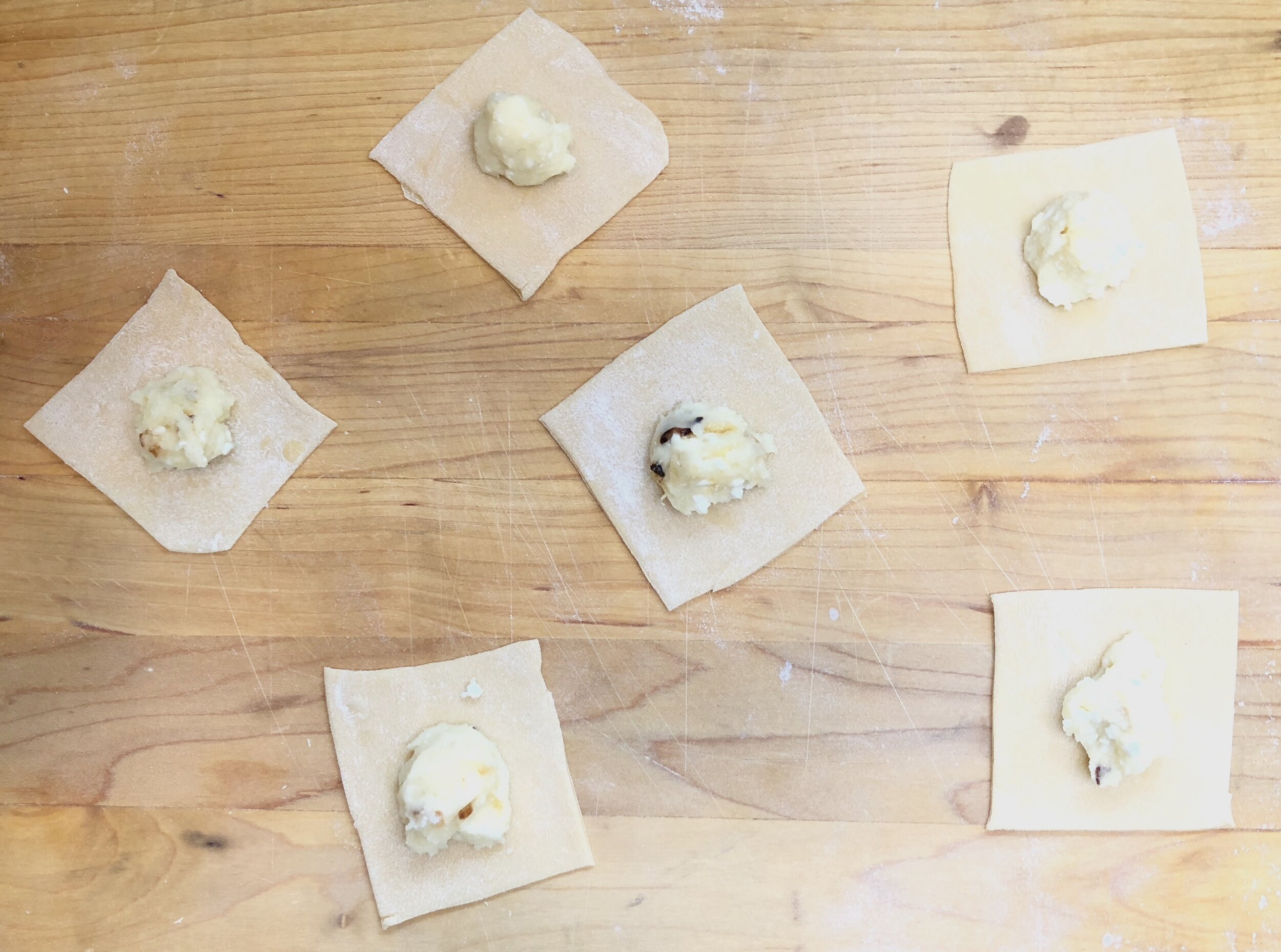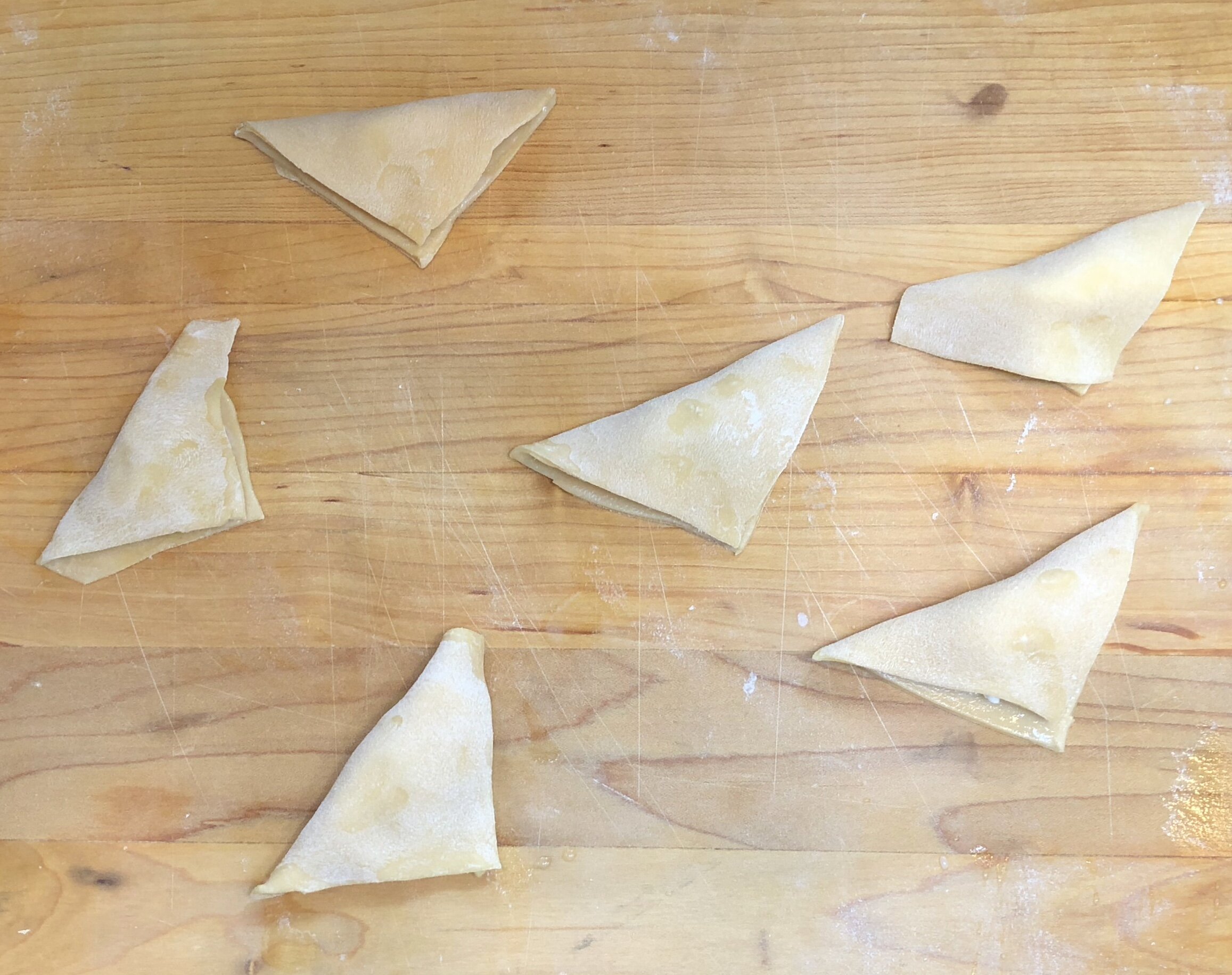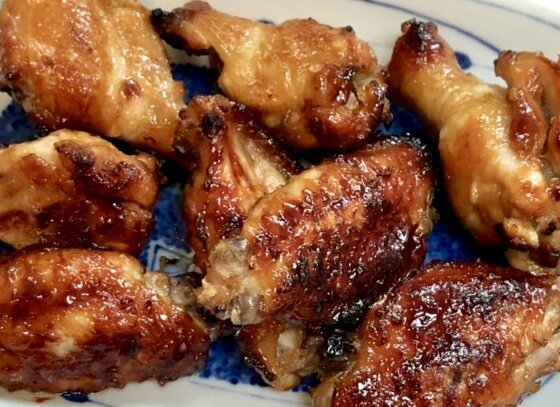Our Thanksgiving celebration this year won’t be like any other. No kids or grandkids. No extended family. Just my brother and sister-in-law, who have committed to stay more or less quarantined so the four of us can have as safe a Thanksgiving dinner as possible, distanced even in my house.
Nevertheless, I am still thankful. So far everyone is okay. And although we are sad we won’t all get together, we are all in accord that we remain dug in until it’s safe to do otherwise. We look forward to — maybe Passover?
Still — I will make a more or less classic Thanksgiving dinner. Including roasted turkey, sweet potatoes, baked cranberries, stuffing, Brussels sprouts and pumpkin pie.
And of course there will be more leftovers than usual this year.
So: turkey pot pie is likely to be in the menu soon after the holiday.
Turkey Pot Pie
3 tablespoons vegetable oil
1 medium onion, chopped
2 carrots, sliced 1/4-inch thick
2 stalks celery, sliced 1/4-inch thick
1 cup cut up broccoli (bite-size)
1 cup zucchini chunks (bite-size)
4 cups chopped cooked turkey
5 tablespoons all-purpose flour
3 cups chicken stock
2 tablespoons chopped fresh dill
salt and freshly ground black pepper to taste
pie dough or thawed frozen puff pastry sheets
Preheat the oven to 350 degrees. Heat the vegetable oil in a large saucepan over medium heat. Add the onion and cook, stirring frequently, for 2-3 minutes or until softened. Add the carrots, celery and broccoli and cook for 2 minutes. Add the zucchini and turkey and stir to distribute the ingredients evenly. Sprinkle the flour over the ingredients and stir to mix it in completely. Cook for 1-2 minutes, stirring frequently. Pour in the stock gradually, stirring constantly. Raise the heat and bring the liquid to a boil. Reduce the heat and simmer the ingredients, stirring frequently, for about 10 minutes or until the sauce has thickened. Stir in the dill. Season to taste with salt and pepper. Spoon the filling into a baking dish. Cover with the pie dough or puff pastry. Seal the edges to the dish. Cut 2-3 slits in the crust to allow steam to escape. Bake for about 35 minutes or until crispy and golden brown.
Makes 4 servings

